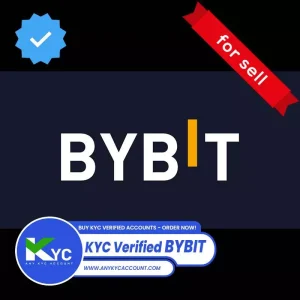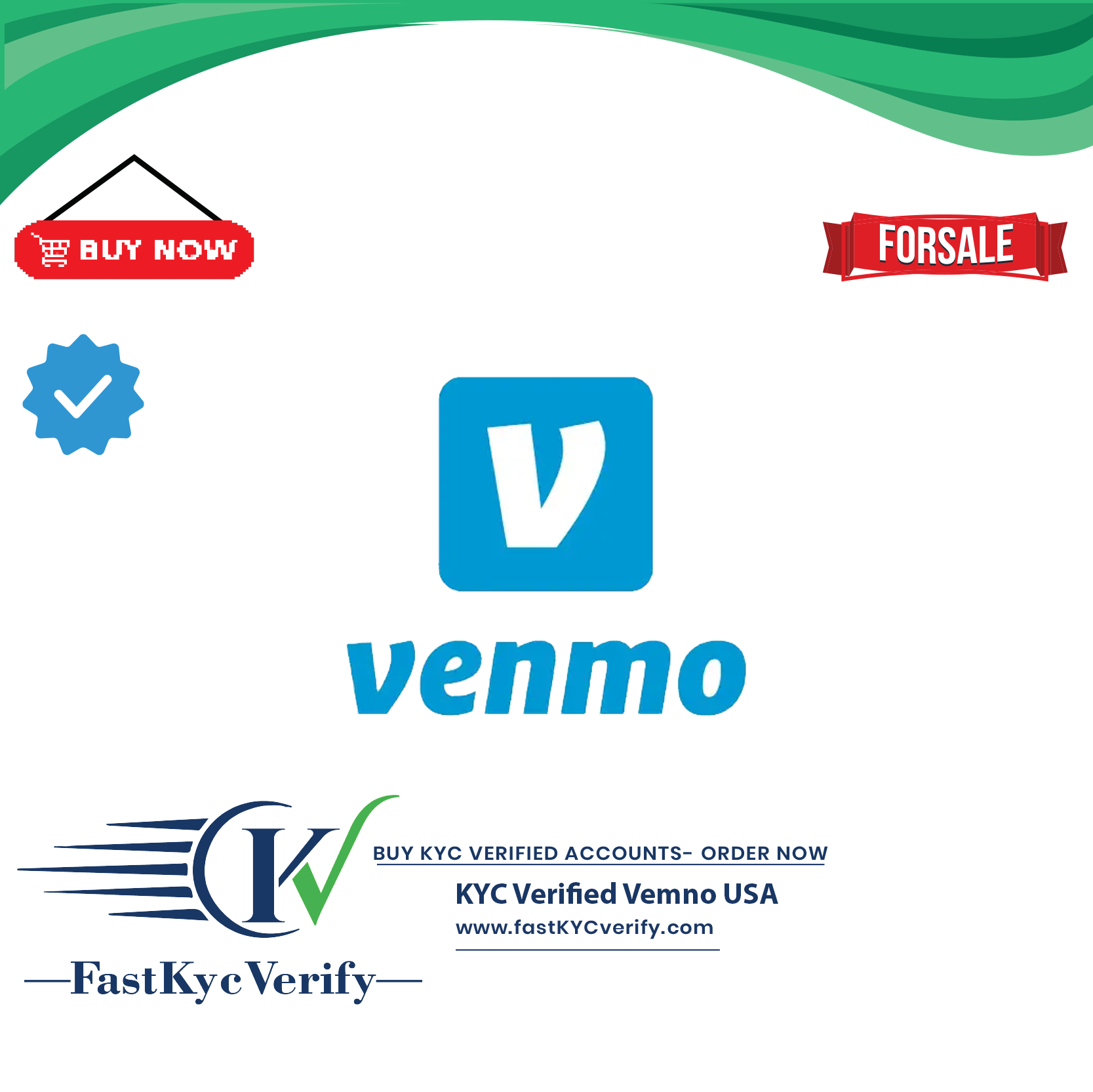Buy KYC Venmo Account
Original price was: 1,999 $.999 $Current price is: 999 $.
🔥 103 Account sold!
Get Your Fully Verified Venmo Business Account Today! 🚀
Unlock the full potential of business transactions with a fully verified Venmo Business Account.
Venmo makes receiving, sending, and managing payments faster, simpler, and more affordable — and with our verified accounts, you’re ready to operate seamlessly with full compliance and maximum security.
Why Choose Us?
✨ 24/7 Premium Customer Support
✨ Fully Verified Venmo Business Accounts (USA-based)
✨ Instant Access – Email, Password, and Full Documentation Provided
✨ 100% Verified with USA Phone Number, Business ID, and Address
✨ Fast Delivery — Start Accepting Payments in Minutes!
✨ Complete Verification: Business Registration, EIN/SSN, Passport, Driving License, Phone Number
✨ Money-Back Guarantee for Your Peace of Mind
✨ 100% Customer Satisfaction Guarantee
Perfect for:
✅ Receiving payments from clients and customers
✅ Connecting Venmo to online stores, service platforms, and invoices
✅ Easy management of business income and expenses
✅ Hassle-free payouts to your bank account
✅ Freelancers, eCommerce sellers, service providers, and local businesses
🔒 Safe. Secure. Business-Ready.
Get your verified Venmo Business Account today and elevate your payment experience with confidence, speed, and ease!




